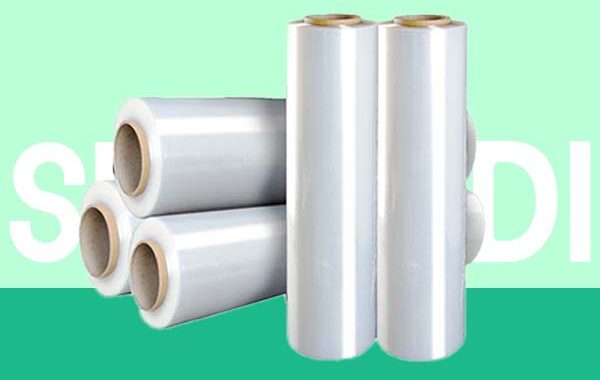A Deep Dive into the ROI of Premium Stretch Film on Load Stability, Damage Prevention & Operational Efficiency
In U.S. e-commerce and logistics, pallet stability is the critical link between the warehouse and the customer. A single pallet collapse means massive cargo loss, customer claims, and brand reputation damage. Many operators view stretch film as a simple commodity, but choosing between industrial-grade hand pallet wrap and standard film is the difference between a cost center and a strategic investment.
The core technology of premium stretch film lies in its pre-stretch capability and puncture resistance. Industrial-grade film can achieve up to 250%-300% pre-stretch, meaning each roll covers significantly more pallets, drastically reducing the cost per pallet.
| Feature | Commodity-Grade Film | Industrial-Grade Film | Impact on Your Business |
|---|---|---|---|
| Pre-Stretch Rate | Low (<150%) | High (250%-300%) | Use less film per pallet, direct material savings |
| Puncture Strength | Low – Easily torn by corners | Exceptional – LLDPE copolymers resist tearing | Dramatically reduces risk of film breakage & load failure in transit |
| Cling Power | Moderate – May unwrap | Strong & Lasting – Effective inner/outer cling | Guarantees stability for long-haul shipping & storage |
| ROI | Seems cheaper, but high usage = high total cost | Higher unit cost, but lower usage = lower total cost | The fundamental difference between Cost and Value |
True cost savings lie in the Total Cost of Ownership (TCO):
- Material Cost: One roll of industrial film that pre-stretches 300% effectively equals three rolls of standard film. Even with a 20% higher unit price, overall material costs can drop by over 40%.
- Labor Cost: Employees spend less time per pallet, needing fewer wraps to secure it, increasing warehouse throughput.
- Risk Cost: This is the largest hidden saving. How many rolls of film must you sell to cover a $5,000 pallet lost to collapse? Premium film is your cheapest insurance policy
